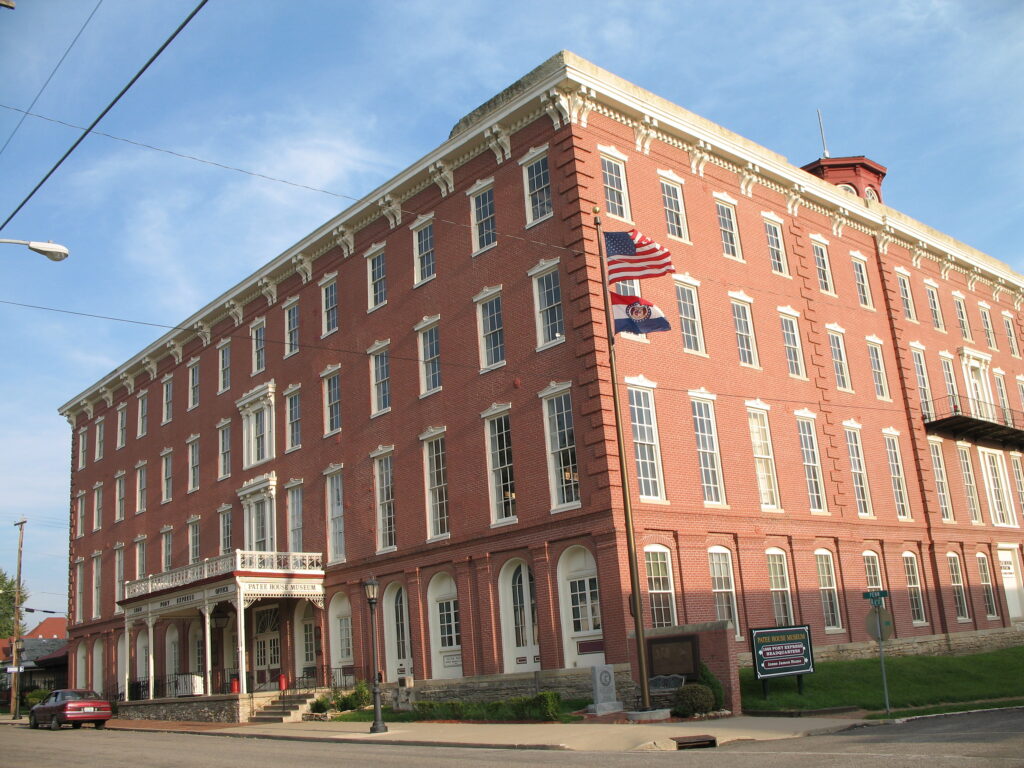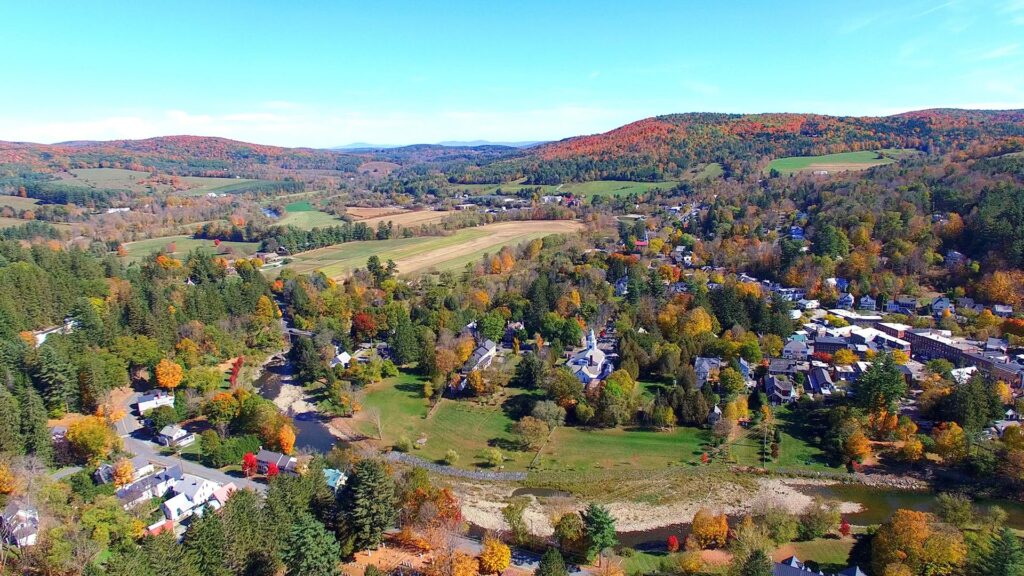1. Janesville, Wisconsin

Janesville’s General Motors assembly plant was the community’s heartbeat for nearly a century. When it closed in 2009, more than 2,000 workers were directly affected, and local suppliers were hit even harder. The ripple effect tore through small businesses, schools, and even local charities. For a town that called itself “the city that motorized America,” the closure felt personal.
Janesville has since tried to reinvent itself as a logistics and service hub, but the transition has been slow. Many families left, and those who stayed had to retrain for lower-paying jobs. The plant’s empty shell still looms over the city like a monument to better times. In interviews, former workers often say they still dream about hearing that old assembly line start up again.
2. Youngstown, Ohio
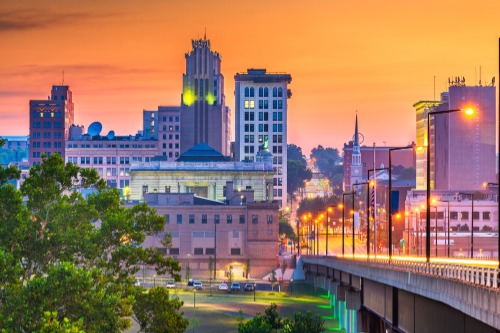
When Youngstown Sheet & Tube shut its doors in 1977, it wasn’t just a factory closing — it was an identity crisis. Thousands of steelworkers suddenly found themselves without work, and the city’s population began to drop fast. Entire neighborhoods hollowed out as families moved away in search of opportunity. Even now, Youngstown’s story is often cited as the moment America woke up to deindustrialization.
Efforts to pivot toward education and tech have helped in small ways, but the economic gap remains. The steel mills once defined life here — they sponsored sports teams, funded schools, and filled the skyline with smoke. When they went silent, it felt like the whole town did too. Today, you can still see remnants of the old mills along the Mahoning River, ghostly reminders of what built the city.
3. Galesburg, Illinois
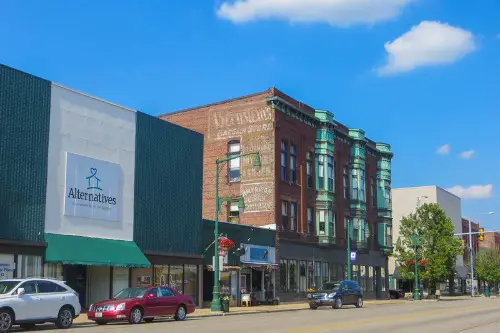
For decades, Galesburg thrived on the hum of the Maytag plant, where generations built refrigerators that ended up in kitchens across America. When Maytag announced it was moving operations to Mexico in 2004, the loss of over 1,600 jobs hit like a lightning bolt. Local diners emptied out, home values fell, and the high school graduation rate dipped as opportunities shrank. The closure wasn’t just about economics — it fractured a sense of stability that had lasted nearly a century.
Since then, Galesburg has leaned into education and small business development, but the paychecks aren’t the same. The pride of steady factory work has been replaced by part-time service jobs. Older residents still talk about the Maytag picnics and how everyone knew someone who worked there. The silence where that factory once buzzed is something you can feel when you drive through town.
4. Flint, Michigan

Flint’s story is practically shorthand for what happens when auto jobs disappear. General Motors once employed nearly 80,000 people here — now it’s only a few thousand. When GM downsized in the 1980s and 1990s, unemployment soared, crime rose, and property values crashed. The city’s tax base eroded so badly that basic services began to crumble.
Then came the water crisis, an echo of economic neglect that put Flint back in the national spotlight for all the wrong reasons. Factories that once built cars for the world now sit empty, their shells covered in graffiti. The people who stayed have fought hard to rebuild through community initiatives and education programs. But Flint’s identity as a proud auto town never fully recovered.
5. Gary, Indiana
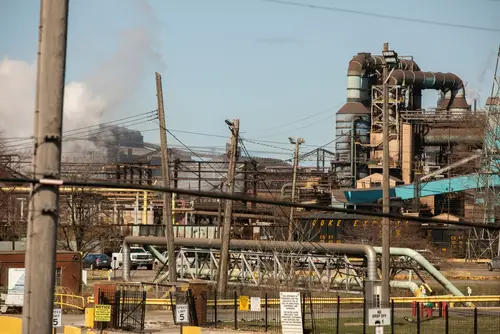
Gary was built by U.S. Steel — literally founded by the company in 1906. For much of the 20th century, it was a bustling industrial city, home to thousands of steelworkers and their families. But when the steel industry began its long decline in the 1970s, Gary’s fortunes crumbled with it. Jobs disappeared, schools closed, and entire blocks of housing fell into disrepair.
Today, Gary’s population is less than half what it once was. The city has become a case study in the dangers of a one-industry economy. Efforts to draw in logistics and green manufacturing have met with limited success. Locals still talk about the hum of the mills — and how overnight, that sound went quiet.
6. Bethlehem, Pennsylvania

For much of the 20th century, Bethlehem Steel was a global powerhouse and the pride of the Lehigh Valley. The plant produced steel for the Golden Gate Bridge and countless skyscrapers. But when the company went bankrupt in 2001, thousands of skilled workers lost not just their jobs but their pensions. It was a devastating end for a town built entirely around a single employer.
The site has since been turned into a cultural center and casino, breathing some new life into the area. Still, many longtime residents say it feels strange to see entertainment replace industry. The jobs created today don’t pay what the mill jobs once did. Bethlehem’s skyline may have changed, but its steel heritage lingers in the hearts of those who remember.
7. Kokomo, Indiana

Chrysler once defined Kokomo — it’s where transmissions and parts for millions of vehicles were made. At its height, the company employed over 10,000 people in the area. But after several rounds of layoffs and the 2009 bankruptcy, Kokomo’s industrial foundation cracked. Whole neighborhoods that depended on those steady paychecks began to fade.
The city has bounced back somewhat, thanks to diversification into other auto tech industries, but scars remain. Union membership dropped, and the sense of lifelong job security disappeared. For older residents, the sight of empty parking lots where shifts used to change still stings. Kokomo learned the hard way that even the strongest engines can stall.
8. Rockford, Illinois
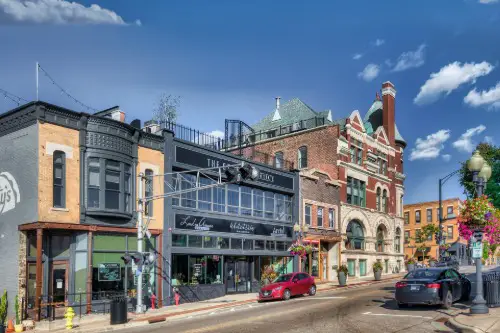
Rockford used to be one of the most productive manufacturing hubs in the Midwest, known for its machine tools and aerospace components. Companies like Sundstrand and Barber-Colman employed thousands and kept the local economy thriving. But starting in the 1980s, automation, outsourcing, and global competition gutted Rockford’s industrial core. The city went from being called “The Screw Capital of the World” to one of the nation’s hardest-hit Rust Belt economies.
The aftershocks are still visible today in vacant factories and struggling neighborhoods. Rockford has tried to rebuild around healthcare and small business, but wages haven’t caught up to what factory work used to pay. The loss of those legacy employers took not only income but pride. Residents often say Rockford’s greatest export now isn’t machinery — it’s people leaving for work elsewhere.
9. Muncie, Indiana
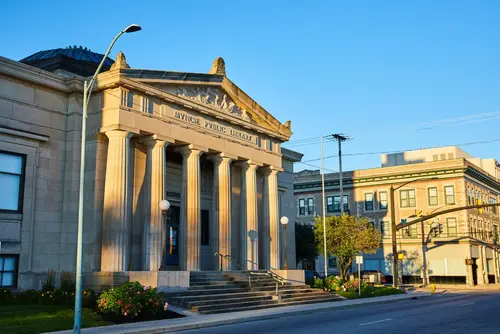
For much of the 20th century, Muncie was a thriving General Motors town — a classic example of blue-collar prosperity. GM’s BorgWarner and Delco Remy plants employed thousands, shaping everything from local sports teams to city politics. But as GM shuttered or downsized its Muncie operations through the 1990s and 2000s, the city’s job market collapsed. Unemployment spiked, and the “Middletown” sociological studies that once praised its stability began documenting decline.
Today, Ball State University is the city’s biggest employer, a stark contrast to the days of assembly-line dominance. The shift from industrial work to education and service jobs changed Muncie’s culture almost overnight. Many families who once relied on union jobs now juggle multiple part-time roles. While there’s still a sense of hometown pride, the old GM paychecks are deeply missed.
10. Anderson, Indiana
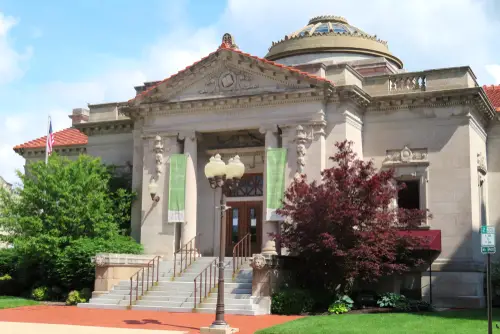
Anderson was another proud GM town, home to Delco Remy and Guide Lamp — both major parts suppliers. At its peak, the city’s population soared above 70,000, with steady middle-class incomes and bustling neighborhoods. But when GM began consolidating and closing plants in the 1980s and 1990s, Anderson’s entire tax base fell apart. More than 20,000 jobs vanished, and many businesses on Main Street went dark.
Even today, Anderson has one of Indiana’s higher poverty rates and a dramatically smaller population. The city has tried to reinvent itself with renewable energy projects and tech incubators, but those efforts haven’t filled the old factory shoes. Longtime residents remember when the night sky glowed from the lights of three shifts running around the clock. Now, there’s quiet where there used to be a roar.
11. Detroit, Michigan

Detroit’s story is the most famous — the Motor City that built the American Dream. For decades, Ford, Chrysler, and General Motors made this one of the wealthiest industrial centers in the world. But starting in the 1970s, automation, overseas competition, and suburban flight combined to hollow out its economic core. Factory closings turned once-bustling neighborhoods into ghost blocks.
The 2008 financial crisis and GM’s bankruptcy dealt another heavy blow. Detroit filed for municipal bankruptcy in 2013, the largest in U.S. history. While parts of the city have rebounded with tech and art-driven revitalization, many areas remain deeply scarred. You can still see the skeletons of old plants as silent monuments to what powered America for nearly a century.
12. Dayton, Ohio
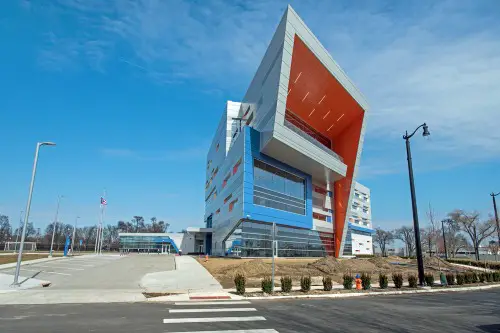
Dayton once thrived as a hub of invention and manufacturing — home to NCR, Frigidaire, and automotive parts suppliers. In the postwar years, factory work kept families stable and the city vibrant. But after NCR moved its headquarters to Atlanta in 2009 and earlier plant closures gutted other sectors, Dayton’s manufacturing legacy collapsed. The loss of those high-paying jobs hit the middle class hardest.
Now, Dayton leans on healthcare and education to sustain its economy, but the transition hasn’t replaced what was lost. Many neighborhoods still show the wear of decades of underinvestment. The city’s innovation spirit never fully died, but it was dimmed by the erosion of its industrial core. Even locals who’ve adapted say the Dayton they grew up in feels like a different place entirely.
13. Burlington, North Carolina
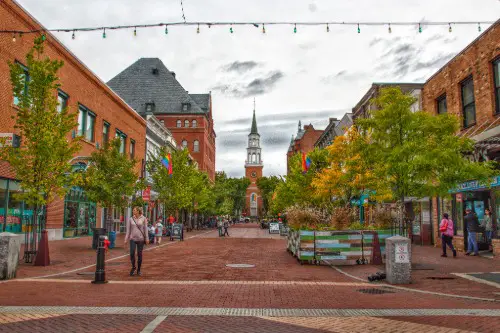
For generations, Burlington’s economy revolved around textiles, especially the Burlington Industries mills. The company was once one of the largest textile producers in the world and practically synonymous with the town’s identity. But when it declared bankruptcy in 2001 and operations shifted overseas, thousands lost work overnight. The downtown emptied, and once-bustling mill villages fell quiet.
Burlington has tried to reinvent itself through biotech and logistics, and there are bright spots of recovery. Still, the community hasn’t fully replaced the stability that mill jobs provided. Many residents who grew up in the textile era remember it as a time when one paycheck could support a family. The mills may be gone, but their red-brick shells still define the skyline.
14. Pueblo, Colorado
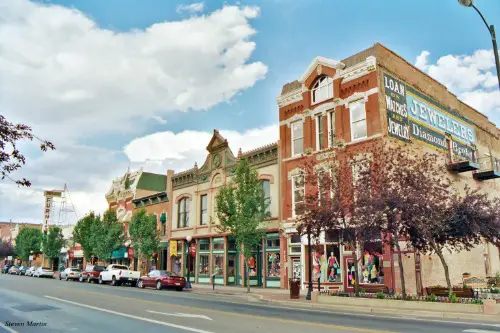
Known as the “Steel City,” Pueblo was built around the Colorado Fuel and Iron Company, which employed tens of thousands at its peak. When global steel prices crashed in the 1980s, layoffs and cutbacks gutted the workforce. The company changed hands multiple times, each transition bringing fewer jobs and less stability. The city’s working-class base eroded, and crime and poverty followed.
Pueblo has managed some rebound through renewable energy projects and rail manufacturing, but the shadow of CF&I still looms large. The steel mill still operates in smaller form, but the sense of community built around it never returned to its old strength. Generations once measured time by shift changes — now the rhythm of the city feels different. Older locals still say the mill smoke meant food on the table.
15. Millinocket, Maine

Tucked in the northern woods, Millinocket was built by Great Northern Paper Company in the early 1900s. The paper mill defined everything — it provided jobs, housing, even recreational activities. But as global paper demand fell and competition rose, the mill shut down in 2008, leaving hundreds unemployed. The closure devastated a town that had never known life without it.
Millinocket has since turned to tourism and outdoor recreation, with mixed success. The paper mill site is now mostly demolished, a painful symbol of changing times. Some locals have opened small businesses serving hikers and nature enthusiasts, but the economic base is far smaller. To this day, many say the hardest part wasn’t losing jobs — it was losing purpose.
This post 15 Factory Towns That Never Fully Recovered After Their Biggest Employer Left was first published on American Charm.

